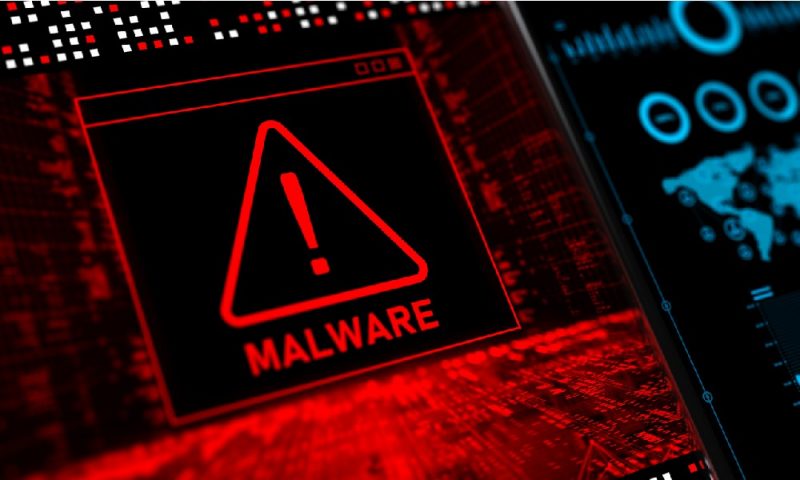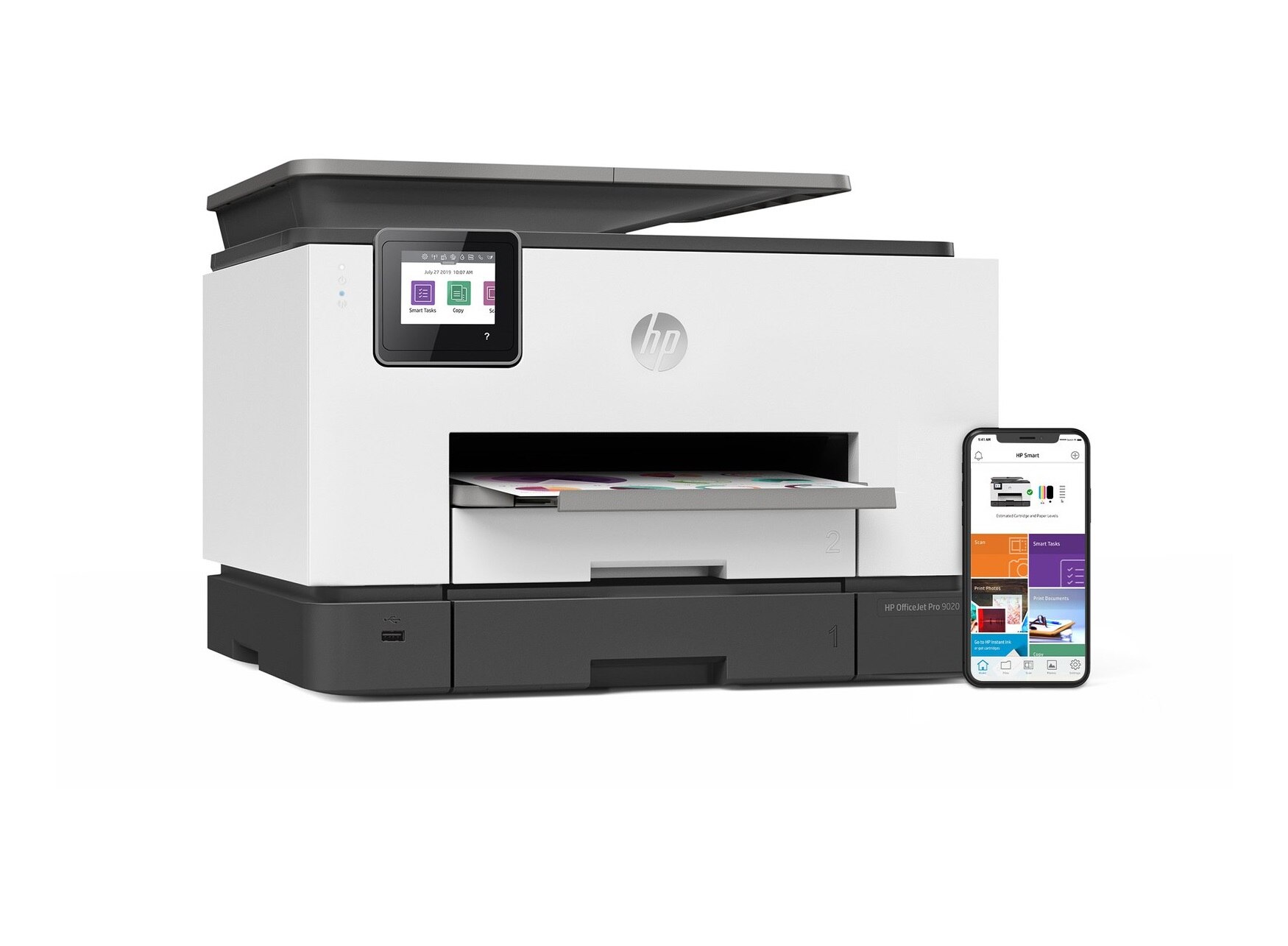As a Windows user, you may have encountered the issue of Malwarebytes Service causing high CPU usage on your system. This can be frustrating and impact the overall performance of your computer. Fortunately, there are several solutions you can try to resolve this problem. In this guide, we will explore various troubleshooting methods and step-by-step instructions to fix the Malwarebytes Service high CPU usage issue on Windows 11/10.
Understanding the Malwarebytes Service High CPU Usage Issue
Before we dive into the solutions, let’s understand why Malwarebytes Service may consume excessive CPU resources. Malwarebytes is a popular antivirus tool known for its powerful anti-malware scanner. However, due to certain factors, such as misconfigured settings, antivirus conflicts, or buggy versions, the Malwarebytes Service may cause high CPU usage.
Temporary Solution – End Malwarebytes Service Process
As a temporary workaround, you can end the Malwarebytes Service process via the Task Manager. This will lower the CPU usage and allow you to try other solutions. Follow these steps to end the Malwarebytes Service process:
- Press
Ctrl + Shift + Escto open the Task Manager. - In the Processes or Details tab, locate the Malwarebytes Service process.
- Right-click on the process and select “End Task” or “End Process Tree”.
Update Malwarebytes for Patched Fixes
Malwarebytes releases patches to address issues like high CPU usage caused by malformed protection updates. Follow these steps to update Malwarebytes:
- Right-click the Malwarebytes icon in the system tray and select “Check for updates”.
- Alternatively, launch Malwarebytes and click on the Settings cog.
- Go to the General or About tab and click on “Check for updates”.
- If an update is available, follow the on-screen instructions to install it.
Resolve Antivirus Conflict
If you are using an antivirus program alongside Malwarebytes, it may falsely flag Malwarebytes as a threat, leading to high CPU usage. To resolve this conflict, try adding Malwarebytes to the antivirus exclusion list. Here’s how:
- Launch your antivirus program and open the Settings.
- Look for the “Manage Exclusions” or a similar option and click on it.
- Add the following folders to the exclusion list:
- C:Program FilesMalwarebytes
- C:ProgramDataMalwarebytes
If the CPU usage issue persists, add the following items as well:
- C:WindowsSystem32driversmwac.sys
- C:WindowsSystem32driversmbamswissarmy.sys
- C:WindowsSystem32driversmbamchameleon.sys
- C:WindowsSystem32driversfarflt.sys
- C:WindowsSystem32driversmbae64.sys
- C:WindowsSystem32driversmbae.sys
If the issue persists, you may need to remove the antivirus program from your system. PressWin + R, typeappwiz.cpl, and press Enter.
Select the antivirus program from the list, click on “Remove” or “Uninstall”, and follow the on-screen instructions. Restart your PC after uninstallation.
Clean Install Malwarebytes
If your Malwarebytes installation is corrupt, performing a clean install can help resolve the high CPU usage issue. Follow these steps to perform a clean install using the Malwarebytes Support Tool:
- Download and install the Malwarebytes Support Tool from the official website.
- Launch the support tool and select the “Advanced” option from the left pane.
- Click on “Clean” and accept the confirmation prompt to proceed with the cleanup.
- Follow the on-screen instructions to reinstall Malwarebytes.
Lower Malwarebytes Priority
Malwarebytes allows you to set a lower priority for scans, reducing the performance impact on your system. To do this:
- Open Malwarebytes and go to the General tab in the Settings.
- Scroll down to the “Manual scan performance impact” section.
- Select the option “Manual scans take less priority (less performance impact)”.
- Additionally, you can set the Malwarebytes process to a lower priority from the Task Manager. Press
Ctrl + Shift + Escto open the Task Manager. - In the Details tab, locate the Malwarebytes processes and right-click on them.
- Set the priority of the processes to “Low”.
Stop Malwarebytes Service From Running
If the Malwarebytes Service is still causing high CPU usage, you can stop the service from running. Keep in mind that this will disable real-time protection, but you will still be able to perform manual scans. Here’s how:
- Right-click the Malwarebytes icon in the taskbar and select “Quit Malwarebytes”.
- Press
Win + R, typeservices.msc, and press Enter to open the Services utility. - Locate the Malwarebytes service, double-click it, and stop the service.
- Change the Startup type to “Disabled” and click OK.
Analyze Log File
If none of the previous solutions have resolved the high CPU usage issue, you can use the Malwarebytes Support Tool to generate troubleshooting logs. These logs contain information about your specific system and installation, which can help identify the exact problem. Follow these steps:
- Download and install the Malwarebytes Support Tool if you haven’t already.
- Launch the tool and go to the Advanced tab.
- Select “Gather Logs” to generate the log file.
- Analyze the log file yourself or contact the Malwarebytes Support Team for assistance.
Conclusion
In conclusion, high CPU usage by the Malwarebytes Service can be a frustrating issue, but there are several effective solutions to resolve it. By following the steps outlined in this guide, you can address misconfigured settings, antivirus conflicts, and other potential causes of high CPU usage. Remember to keep your Malwarebytes installation up to date and consider seeking further assistance if needed. With these solutions, you can ensure that Malwarebytes works smoothly and efficiently on your Windows 11/10 system.
Disclaimer: The information provided in this article is for educational purposes only. We do not endorse or promote any specific software or tools mentioned in this article. Use the solutions at your own risk.







